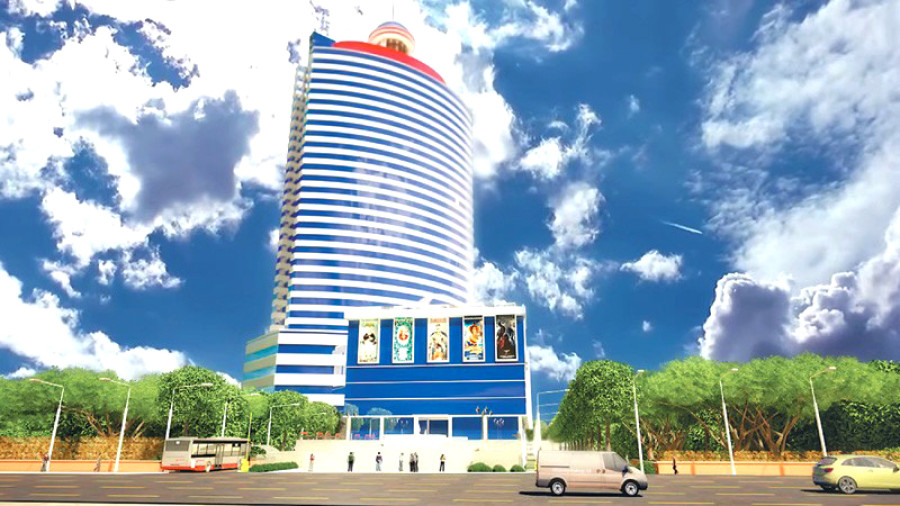Editorial
Building view towers does not equate to development
Our leaders like to build grand view towers, but their vision is myopic.
Erecting view towers (often useless) on every mountain top seems to be the most preferred way our elected representatives want to spend taxpayers’ hard-earned money. As if building them by destroying arable lands and defacing hills was not enough, they seem to believe the taller it is, the better.
Regrettably, Limchubung Municipality in Udaypur district, with a population of 12,000, is building a view tower costing Rs10 million just because they need to exhaust the budget. Province 2 has allotted Rs10 million to construct a view tower in Sarlahi, where thousands of people are still living on roof terraces because of submergence. The Far Western Province is building a tower in Kailali district, and there is one being made in Rolpa, too. They say it is to attract tourists; but in reality, they are just jumping on the bandwagon. Kathmandu itself, five years ago, decided to turn the old bus park next to Tundikhel into a 27-floor ‘view tower-cum-business complex’. But owing to the 2015 Gorkha Earthquake, the number of stories is now to be limited at 12.
In Prime Minister KP Sharma Oli’s home constituency Jhapa too, there are grand plans to build view towers. Different municipalities in Jhapa have acute water shortages or even lack necessary infrastructure, such as hospitals, but the authorities’ priorities are all too misplaced. The priorities are fixated on building view towers and earning cheap accolades from a select few yes-men—what a shame.
Such an unsustainable idea of development is bound to do more harm than good. Its return on investment will be minimal and the opportunity cost—the best alternative forgiven—massive. In this case, the view towers come at the expense of having access to basic facilities like hospitals with minimum facilities, black-topped roads, electricity and even schools. Investing in the areas mentioned above could make Nepal’s villages brighter, have access to roads so that their products could be well connected to the market, and have a healthier and educated population who would in the near future form a sizeable chunk of the demographic dividend.
The most common excuse for spending money building structures that the public can do without is that it will eventually lead to ‘development’. But what is development? And whose development are the authorities talking about? Is it for their constituency members? Clearly not, because had that been the case, the elected representatives would have rather brainstormed and invested in constructing infrastructures that bring about changes in people’s lives in real terms. There are much pressing issues in various parts of the country the representatives need to address, and they indeed can’t be undertaken by erecting tall structures arbitrarily. The local, provincial and federal governments must rethink their idea of development and snap out from pursuing short-sighted, unsustainable projects that benefit only a few.
***
What do you think?
Dear reader, we’d like to hear from you. We regularly publish letters to the editor on contemporary issues or direct responses to something the Post has recently published. Please send your letters to [email protected] with "Letter to the Editor" in the subject line. Please include your name, location, and a contact address so one of our editors can reach out to you.




 5.39°C Kathmandu
5.39°C Kathmandu














